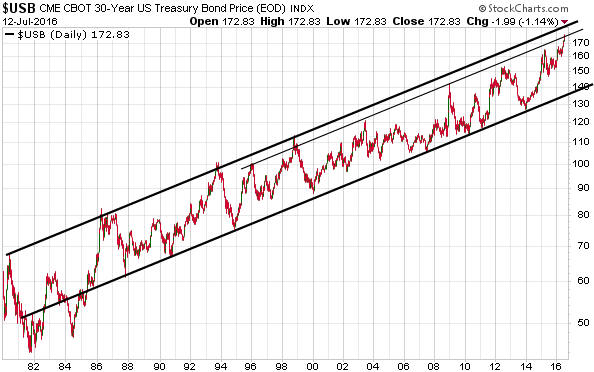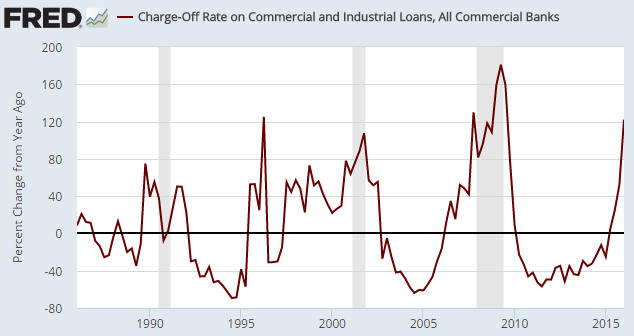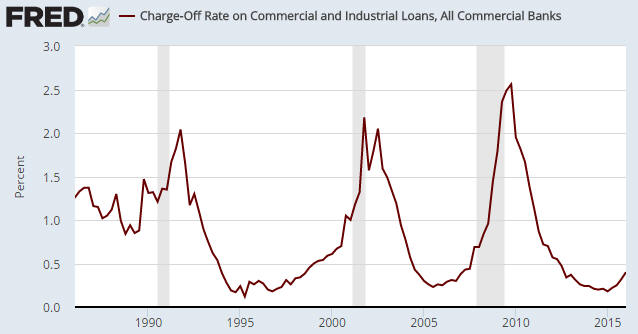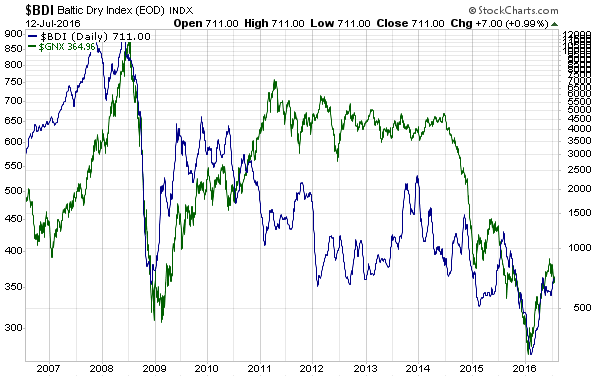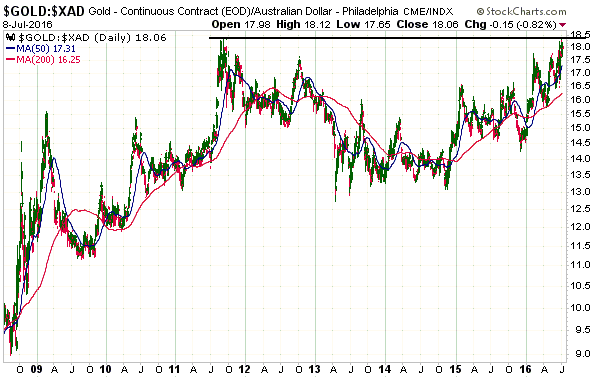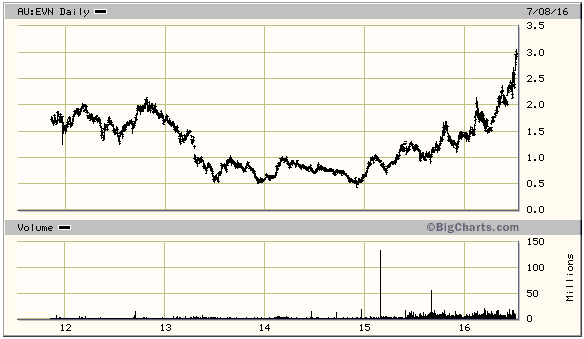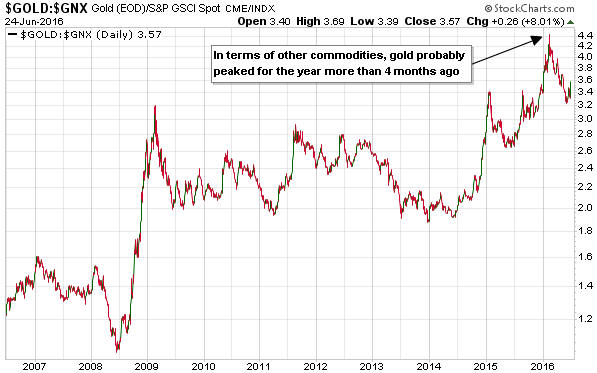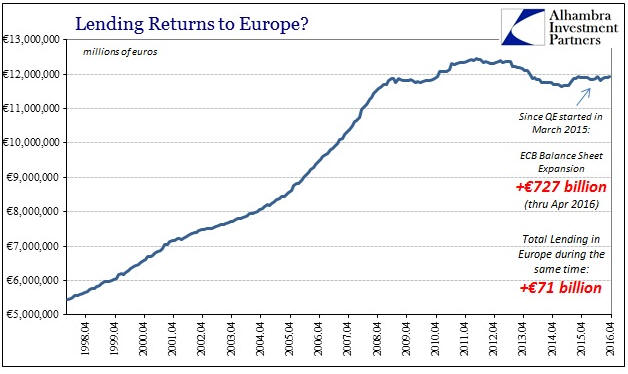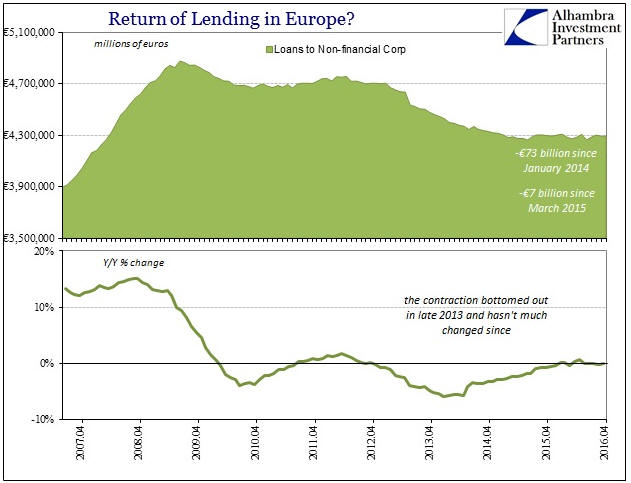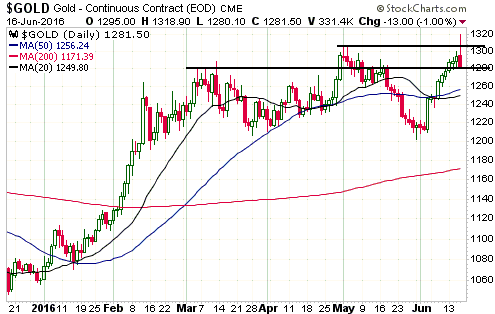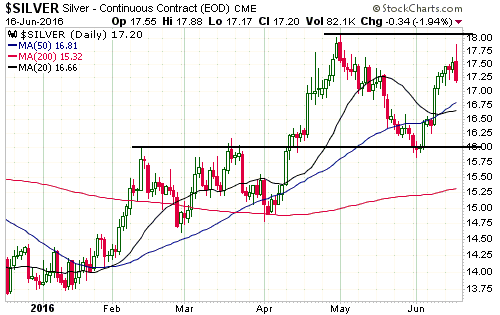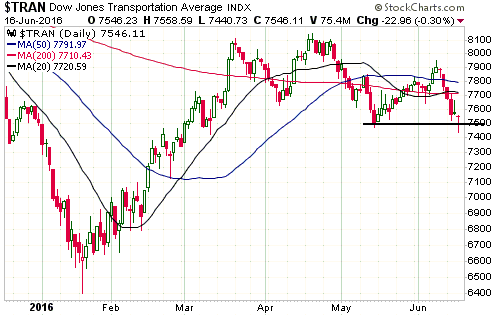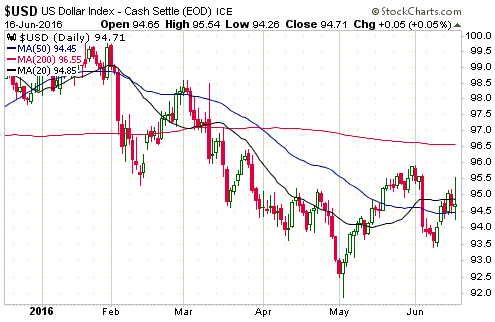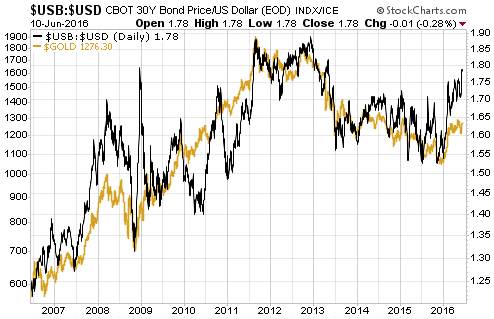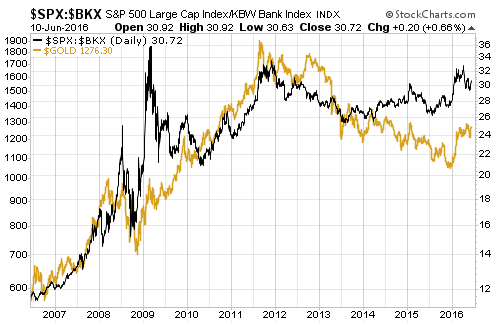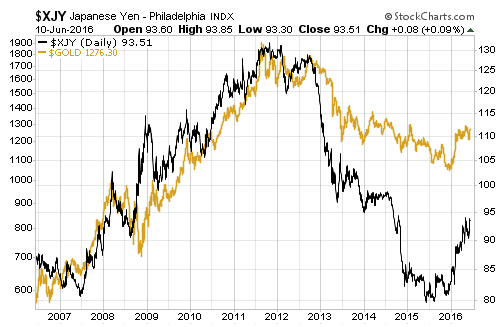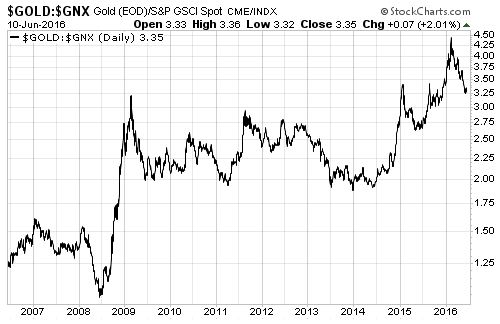The answer to the above question is yes and no. If the question is does the Fed use the combination of monetary policy and ‘jawboning’ in an effort to push equity prices upward then the answer is definitely yes. However, if the question is does the Fed buy index futures or ETFs in an effort to elevate the stock market then the answer is almost certainly no.
It is no secret that today’s Fed considers the performance of the stock market when deciding on what monetary measures to implement. In fact, over the past 8 years the Fed has overtly targeted higher stock prices based on the erroneous belief that higher stock prices lead to greater consumer spending and a stronger economy. It is also clear that the public utterings of senior Fed representatives are often influenced by the stock market’s recent performance. For example, soon after the stock market takes a tumble you can safely bet your life on at least one Fed governor coming out with a public comment suggesting easier monetary policy. However, the idea that the Fed brings about higher stock prices by directly purchasing futures contracts or ETFs is just an appealing fantasy.
An obvious retort is that some other central banks, most notably the BOJ, are known to have bought ETFs as part of their efforts to boost economic activity, so why shouldn’t we believe that the Fed has gone down the same path?
My response is: How do we know that the BOJ et al have made these stock-market-related purchases? We know because the purchases have not happened in secret. They have been openly declared.
Doing it openly is the only way that a central bank such as the BOJ or the Fed could ever directly intervene in the stock market, especially if the intervention is designed to be large enough to have a significant effect on the overall market. A central bank trying to surreptitiously support the stock market via direct purchases would be akin to an elephant trying to surreptitiously make its way through your living room. That is, the evidence of the central bank’s actions would be blatant. There would be an obvious paper trail and a lot of people (a lot of potential whistleblowers) would have to be involved.
Another retort is that the Fed does its purchasing of equity-related instruments via an intermediary such as a major private bank.
Yes, if the Fed made stock-market purchases then it would, of course, act through an intermediary, but this doesn’t enable the purchases to be kept secret. For example, all of the Fed’s bond purchases have been made through intermediaries, but the evidence of the purchases is as plain as day on the Fed’s balance sheet and most people involved in the markets know exactly what the Fed has done.
The belief that the Fed secretly buys and sells in the stock market as part of a largely-successful effort to keep the stock market in an upward trend is therefore ridiculous. However, the idea that the Fed will eventually intervene directly in the stock market is not farfetched. Actually, there’s a high probability that it will happen in the future. But if/when it does happen there will be no need to make wild guesses regarding the central bank’s actions, because the actions will be publicly announced ahead of time in the same way that the bond-buying programs were publicly announced ahead of time.
 Print This Post
Print This Post

